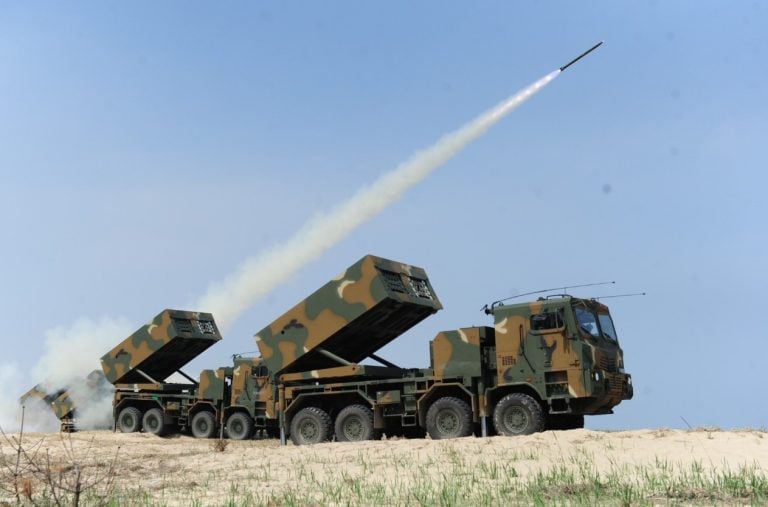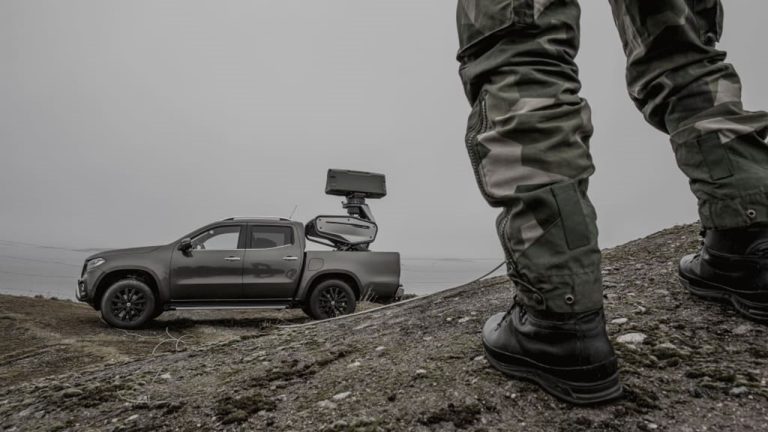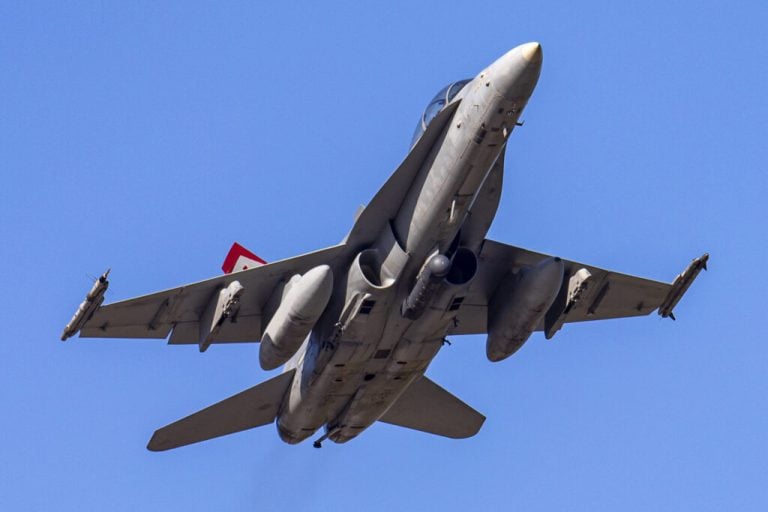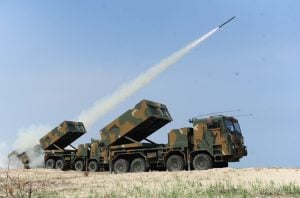The U.S. State Department has authorized the sale of M4A1 carbine assault rifles to Ecuador, with the total value of the deal reaching up to $64 million. This strategic move is expected to significantly bolster Ecuador’s ground defense capabilities by supplying the country’s armed forces with modern and versatile weaponry, enhancing their operational effectiveness amid growing security challenges.
The transaction includes not only the rifles but also essential components such as Magpul PMAG M4 magazines, technical manuals, and comprehensive training and logistical support. According to the announcement regarding the foreign military sale, this proposed sale aims to elevate Ecuador’s ability to tackle current and future threats, particularly in the realm of transnational organized crime, by enhancing the military’s capacity to conduct and execute operations effectively.
As part of the process, the sale must garner approval from the U.S. Congress before it can be finalized.
The M4A1 rifle, designed by Colt Firearms, serves as the standard-issue firearm for the majority of units within the U.S. military. Weighing in at approximately 6.5 pounds (2.9 kilograms), it offers significant advantages in maneuverability, particularly in close-quarters engagements. The rifle boasts an impressive maximum firing rate of 950 rounds per minute and is capable of effectively engaging targets at distances of up to 600 meters (1,968 feet).
Equipped with a Picatinny rail system, the M4A1 allows for seamless integration of various accessories, including suppressors, grenade launchers, and night-vision optics, making it a highly adaptable weapon for diverse combat scenarios. The M4A1’s robust design ensures reliability and durability, enabling it to perform under the challenging conditions of contemporary warfare. It is currently operational in over 30 countries, underscoring its reputation as a vital asset for modern military forces worldwide.
This arms sale marks another step in strengthening defense partnerships in the region, as nations continue to assess and respond to evolving security threats.

















